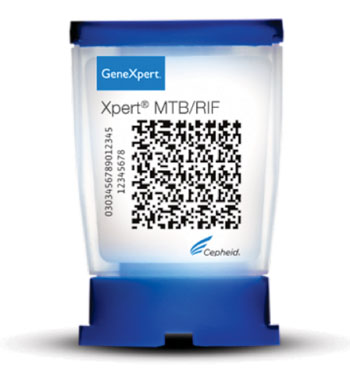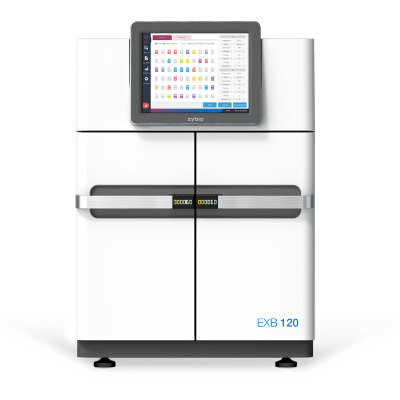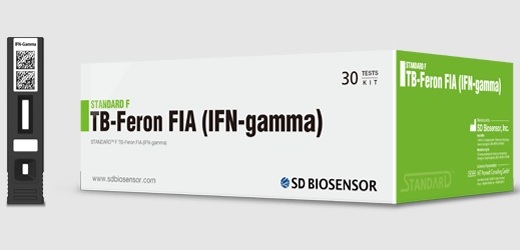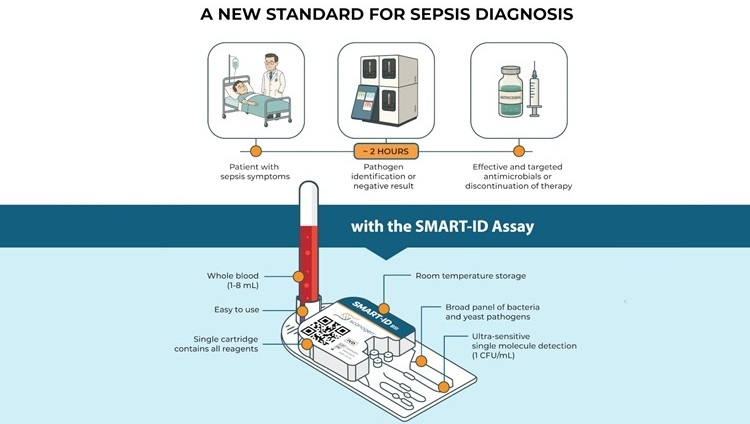Rapid TB Diagnosis Proved Feasible In Low-Resource Settings
By LabMedica International staff writers
Posted on 01 Jun 2016
A streamlined approach to tuberculosis (TB) diagnosis requiring a single sputum sample and providing rapid, accurate results to patients has proved feasible in a low resource setting in rural Uganda.Posted on 01 Jun 2016
At four community health centers, patients learned the same day as their visit if their sputum was positive for TB when analyzed using fluorescence microscopy. If negative, the sputum was sent immediately to a laboratory, where it was reanalyzed using, a much more sensitive test. The results of the molecular test were reported back to the health center via automated text messaging.

Image: The GeneXpert MTB/RIF molecular test for Mycobacterium tuberculosis (MTB) and rifampin resistance mutations (RIF) (Photo courtesy of Cepheid).
Scientists led by those at the University of California, San Francisco (CA, USA) carried out a pilot study to test the feasibility of this approach in a country where TB is endemic and to assess its ability to increase the numbers of patients tested and initiated on treatment for TB. Before the study, patients were typically required to provide two sputum samples, often on separate days, and microscopic analysis was rarely completed the day of the patient's visit. Access to molecular testing relied on sputum being transported on average once per week to a testing facility with results brought back the following week.
Of the 822 patients referred for TB testing, 12% had TB, of whom 75% were diagnosed using fluorescence microscopy and 25% were diagnosed using the molecular GeneXpert MTB/RIF (Cepheid, Sunnyvale, CA, USA); 67% testing positive for TB using fluorescence microscopy began treatment within one day; 67% testing positive for TB using Xpert began treatment, on average, within six day, and 20% testing positive for TB did not start treatment.
The teams are now expanding their study to 20 Ugandan health centers, where they will measure cost effectiveness of the approach and test different tools for further increasing treatment initiation rates, including sending text messages to the patient and offering financial incentives to patients. Although the cost of TB diagnosis and treatment is free in Uganda, as it is in most countries where the burden of TB is high direct and indirect costs are often catastrophic for patients in Uganda with chronic cough.
Priya B. Shete, MD, the lead author said, “Clinicians in Uganda can see 50 to 100 patients a day, so they often can't focus on one disease. We identified people at each clinic, however, who could focus on TB and worked with the clinic to improve the training of all clinicians who might see TB patients. The results are promising, but there is more work to be done.” The study was the American Thoracic Society (ATS) international conference held May 19-24, 2016, in Washington, DC, USA.
Related Links:
University of California, San Francisco
Cepheid













